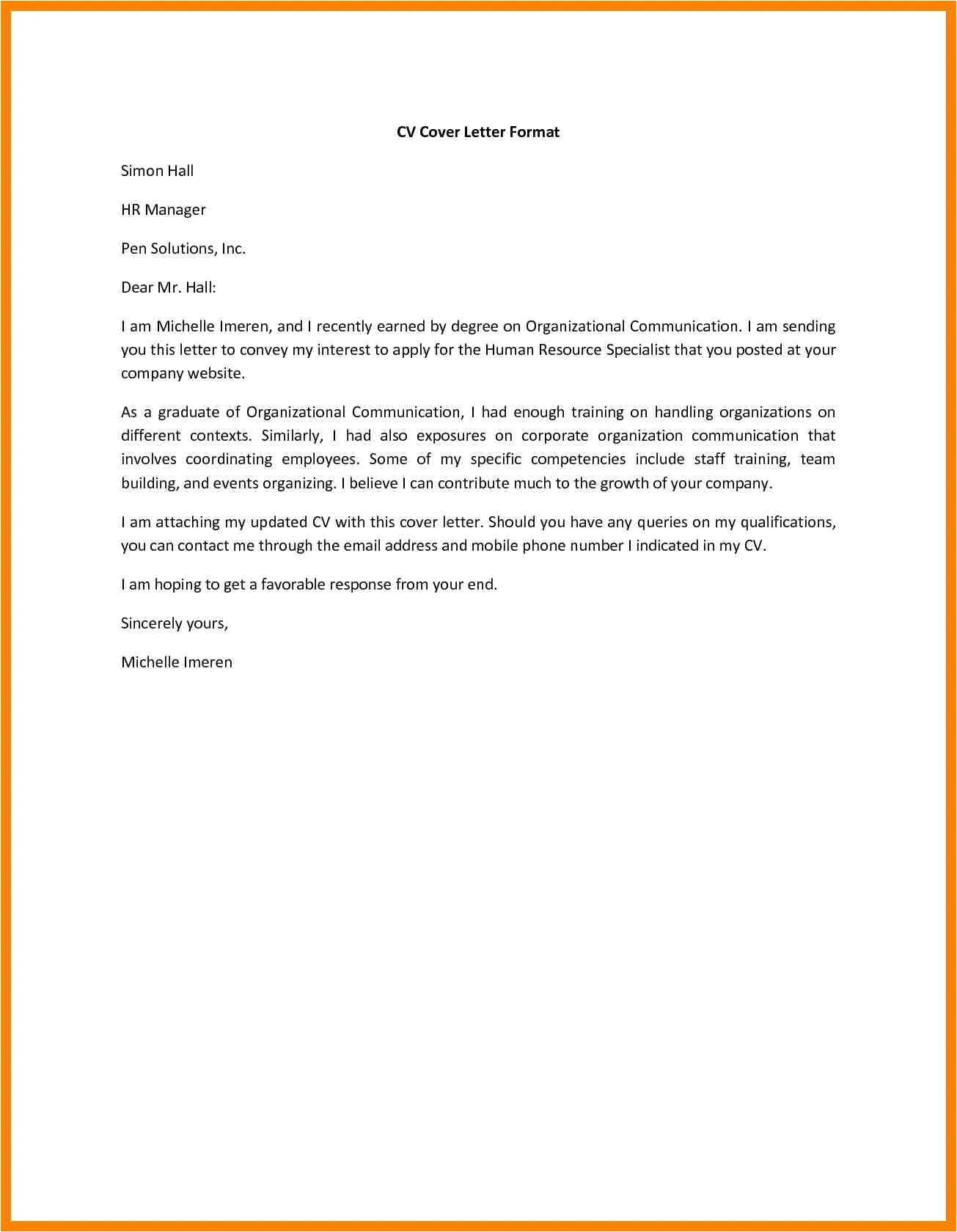Cover Letter Essentials
A resume cover letter is a crucial element of your job application package. Often overlooked, it serves as your first introduction to a potential employer and provides an opportunity to showcase your personality, skills, and enthusiasm for the role. Unlike a resume, which provides a factual overview of your experience, a cover letter allows you to tell your story, explain your career goals, and demonstrate why you are the perfect fit for the position. Mastering the art of crafting a compelling cover letter can significantly increase your chances of landing an interview and ultimately, securing the job.
Understanding the Purpose of a Cover Letter
The primary purpose of a cover letter is to introduce yourself to the hiring manager and express your interest in a specific job. It should complement your resume by providing more context and detail about your qualifications, experiences, and aspirations. The cover letter should be tailored to the specific job and company, demonstrating that you have researched the organization and understand their needs. It’s a chance to set yourself apart from other applicants and make a memorable first impression.
Why Cover Letters Matter
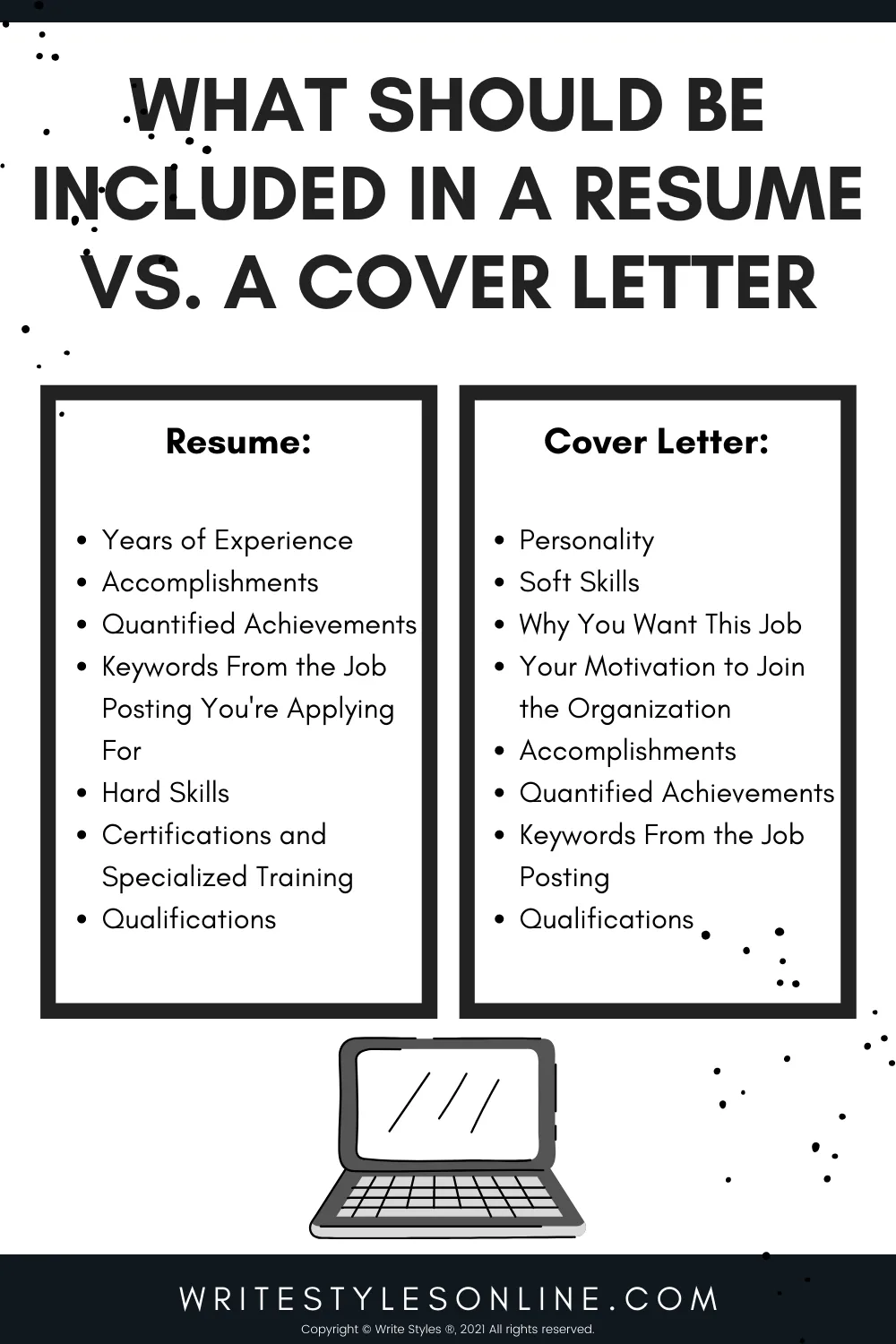
Cover letters are still important for several reasons. They allow you to personalize your application and demonstrate your genuine interest in the role and the company. They provide an opportunity to address any gaps in your resume, such as career changes or periods of unemployment. Furthermore, a well-written cover letter shows your communication skills, attention to detail, and your ability to clearly articulate your value proposition. Recruiters often use cover letters to screen candidates, so a strong one can be the difference between getting an interview and being overlooked.
Key Components to Include
A successful cover letter includes several essential components that work together to create a compelling narrative. These elements must be carefully crafted to create a cohesive and persuasive message. Ensure you include the basic information, your skills, achievements and express your enthusiasm in order to create a good cover letter.
Your Contact Information
Start with your contact information at the top of the letter. Include your full name, phone number, email address, and LinkedIn profile URL. This allows the recruiter to quickly and easily reach out to you. Ensure that your contact information is accurate and professional.
The Recipient’s Information
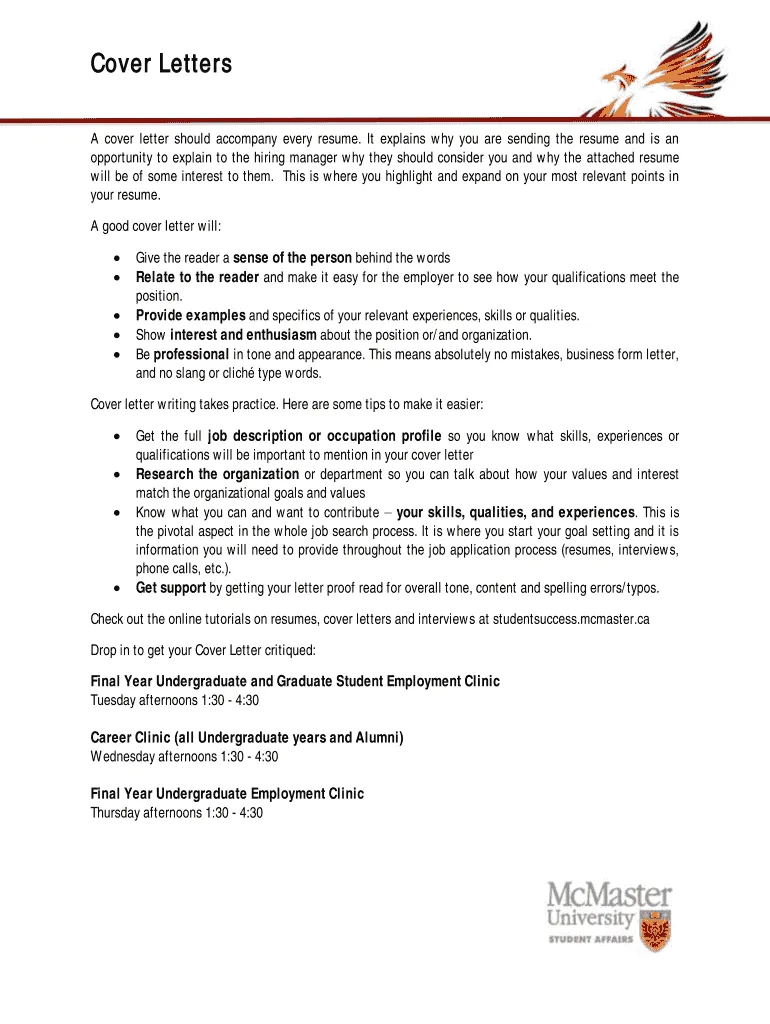
Always address your cover letter to a specific person if possible. Research the hiring manager’s name and title. If you cannot find the name, use a general greeting like ‘Dear Hiring Manager’. Include the company’s name and address as well. Addressing the cover letter correctly is a sign of your attention to detail.
A Strong Opening Statement
Your opening paragraph should immediately grab the reader’s attention. State the position you are applying for and briefly explain why you are interested. Highlight a key skill or experience that aligns with the job requirements. This is your chance to create a positive first impression and get the recruiter interested in reading further. Don’t be afraid to show some personality.
Highlighting Relevant Skills and Experiences
The body of your cover letter is where you demonstrate your qualifications. Focus on skills and experiences that directly relate to the job description. Provide specific examples of your accomplishments and quantify your results whenever possible. This section is not a summary of your resume; instead, it should provide more detail and context.
Tailoring Your Cover Letter
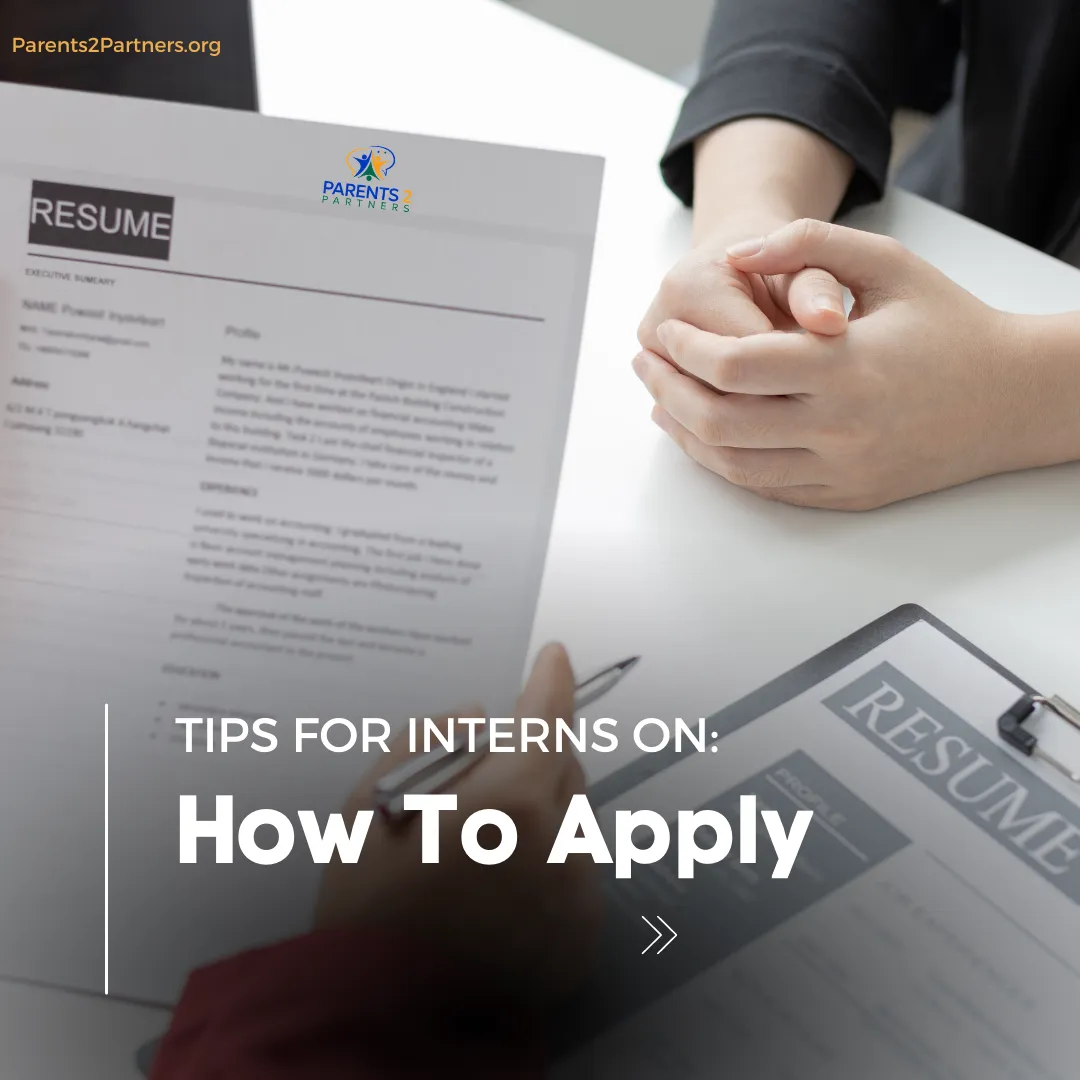
Customize your cover letter for each job application. Review the job description carefully and identify the key requirements. Then, tailor your letter to showcase how your skills and experience align with those requirements. This demonstrates that you have taken the time to understand the role and the company’s needs.
Showcasing Achievements and Results
Instead of just listing your responsibilities, focus on your achievements and the results you have delivered. Use the STAR method (Situation, Task, Action, Result) to provide specific examples of how you have made a positive impact in previous roles. Quantify your accomplishments whenever possible. For instance, instead of saying ‘Managed social media accounts’, say ‘Increased social media engagement by 30% in six months’.
Expressing Enthusiasm and Interest
Your cover letter should convey your enthusiasm for the role and the company. Show that you have researched the organization and understand its mission and values. Explain why you are excited about the opportunity and how you believe you can contribute to their success. Demonstrating genuine interest can make a lasting impression on the hiring manager. Avoid generic statements; instead, show your passion through your writing.
Making a Compelling Closing Statement
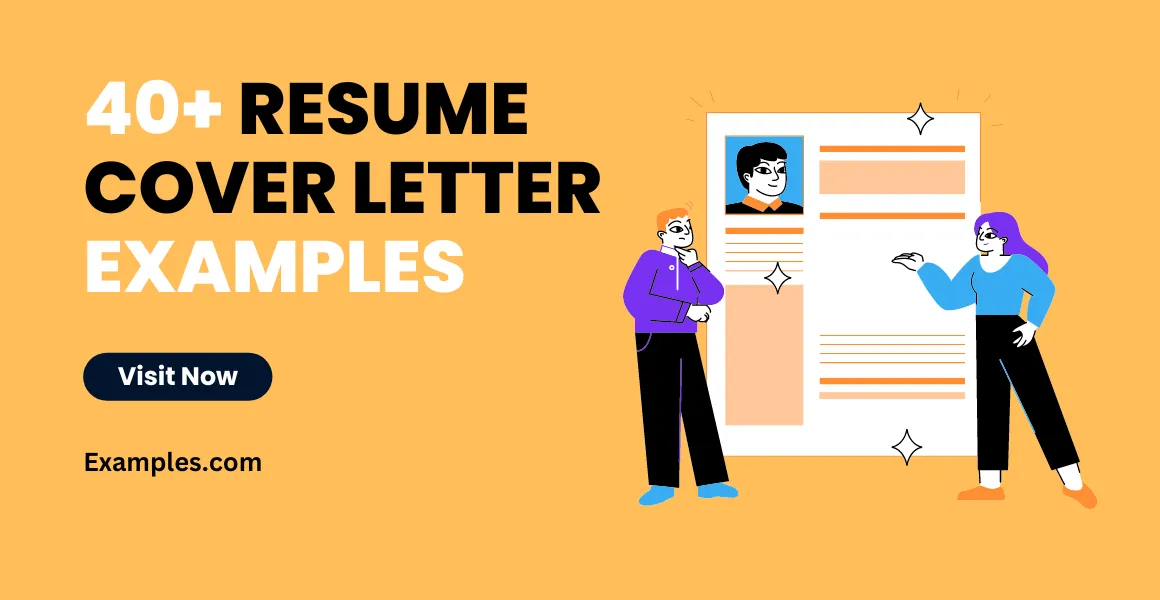
In your closing paragraph, reiterate your interest in the role and summarize why you are the ideal candidate. Reiterate your key skills and experiences, and express your eagerness to discuss your qualifications further. Keep it concise and enthusiastic, leaving the hiring manager with a positive and memorable impression.
Call to Action
End your cover letter with a clear call to action. Express your availability for an interview and thank the hiring manager for their time and consideration. Provide your contact information again, making it easy for them to reach you. This demonstrates your professionalism and proactive approach.
Formatting and Presentation
The formatting and presentation of your cover letter are just as important as the content. A well-formatted cover letter is easy to read and visually appealing. Proper formatting shows your attention to detail and professionalism. It also ensures that your message is communicated effectively.
Font and Style
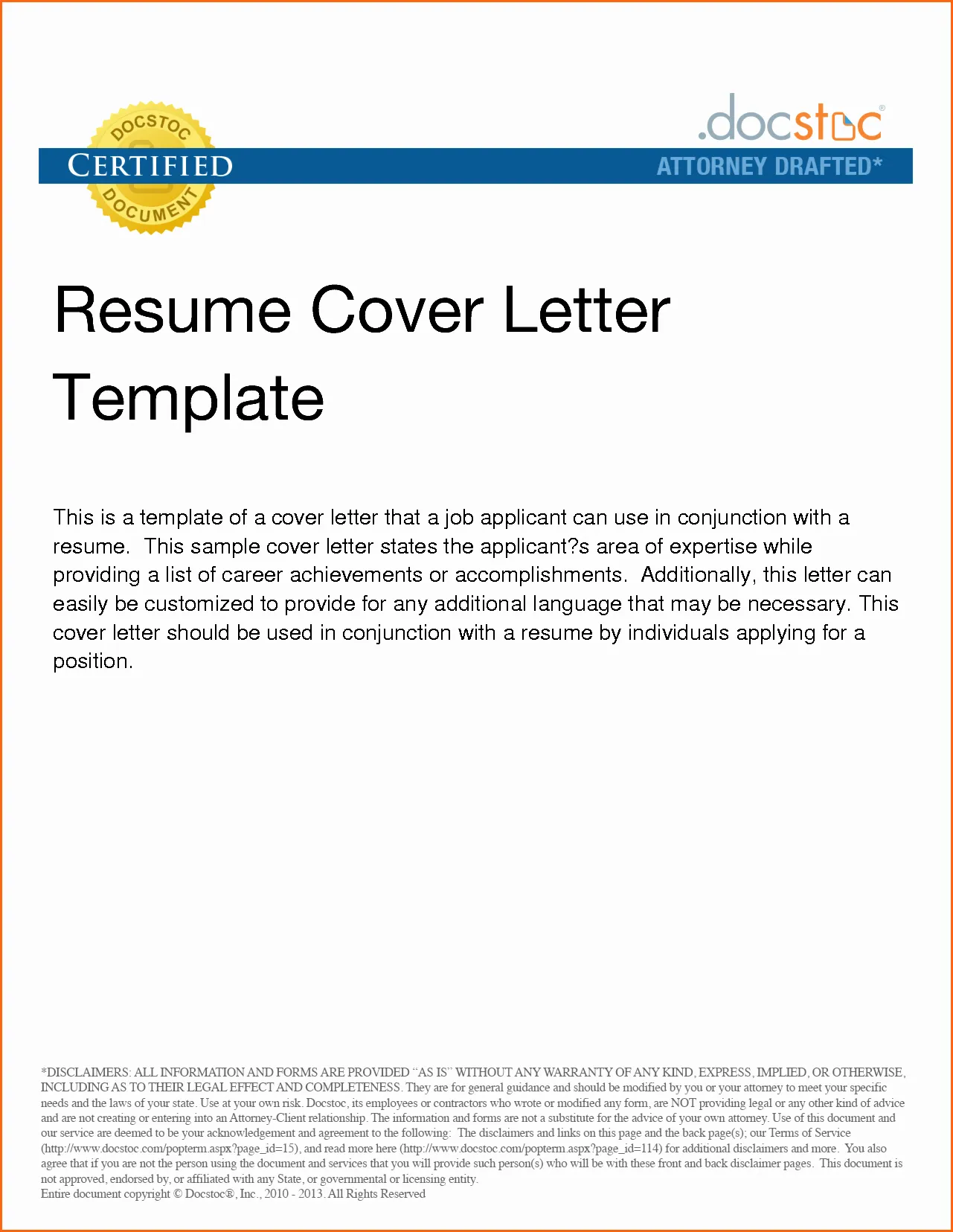
Choose a professional and readable font, such as Times New Roman, Arial, or Calibri. Use a font size of 10-12 points. Keep your cover letter concise, ideally within one page. Use clear and concise language, avoiding jargon and overly complex sentences. Use bullet points or numbered lists to highlight key information.
Proofreading and Editing
Before submitting your cover letter, proofread it carefully for any errors in grammar, spelling, and punctuation. Ask a friend or family member to review it as well. A polished cover letter shows that you are detail-oriented and take your job search seriously. Ensure your cover letter is free of any errors, as they can negatively impact your application.
In conclusion, a well-crafted cover letter is a powerful tool that can significantly enhance your job application. By including the essential components, tailoring it to each specific role, and focusing on your achievements and enthusiasm, you can impress recruiters and increase your chances of landing an interview. Remember to always proofread your letter and present it in a professional manner. Following these guidelines will help you create a cover letter that effectively showcases your skills and sets you apart from the competition, ultimately leading you closer to your dream job. Now go and impress those recruiters!
